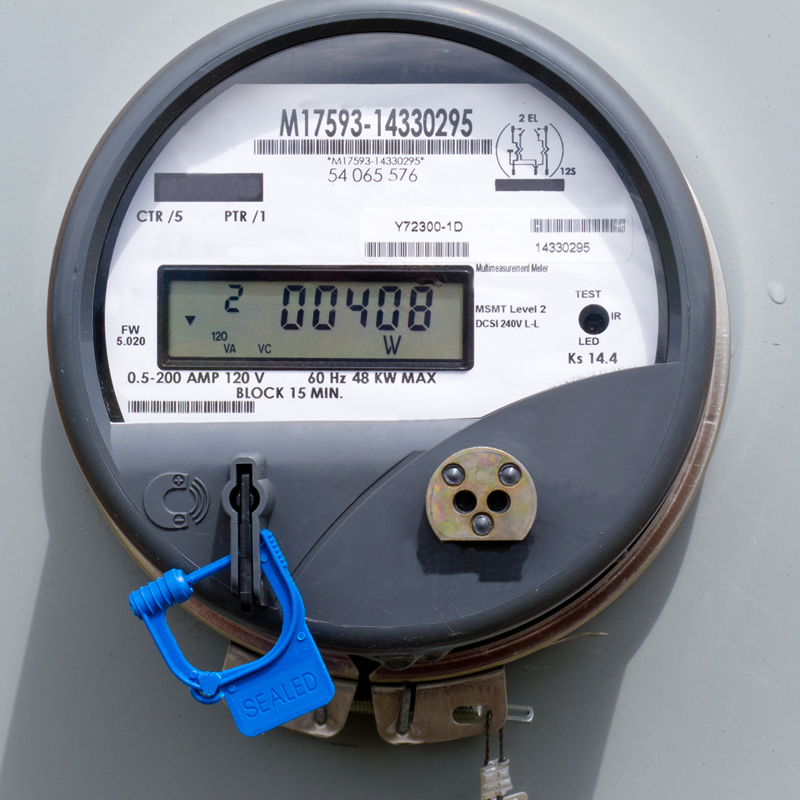In the age of technology, the way we measure and manage our energy consumption has evolved significantly. One of the most notable advancements in this field is the introduction of smart meters. But what exactly is a smart meter, and how does it differ from a regular meter? This article will explore the distinctions between these two types of meters, their functionalities, and the benefits of adopting smart meter technology.
Understanding Regular Meters
Regular meters, often referred to as analog or traditional meters, have been the standard for measuring electricity, gas, and water consumption for decades. These devices typically consist of a mechanical dial or a digital display that shows the amount of energy consumed over time. Regular meters require manual readings, which means that utility companies send technicians to homes and businesses to record the usage periodically, usually once a month.
Key Features of Regular Meters:
1. Manual Readings: Utility workers must physically visit each location to take readings, which can lead to inaccuracies and delays in billing.
2. Limited Data: Regular meters provide basic information about energy consumption but lack detailed insights into usage patterns.
3. No Real-Time Monitoring: Users cannot track their energy consumption in real-time, making it difficult to manage usage effectively.
4. Inflexibility: Regular meters do not support advanced features like remote monitoring or automated alerts.
What is a Smart Meter?
A smart meter is a digital device that measures energy consumption in real-time and communicates that information back to the utility company automatically. Smart meters are part of a broader initiative known as the Smart Grid, which aims to modernize the electricity infrastructure and improve efficiency.

Key Features of Smart Meters:
1. Real-Time Data: Smart meters provide real-time data on energy usage, allowing consumers to monitor their consumption patterns and make informed decisions.
2. Remote Monitoring: Utility companies can access data remotely, eliminating the need for manual readings and reducing operational costs.
3. Detailed Insights: Smart meters can provide detailed reports on energy usage, including peak consumption times, which can help users identify ways to save energy and reduce costs.
4. Two-Way Communication: Unlike regular meters, smart meters can send and receive data, enabling features like automated alerts for outages or unusual consumption patterns.
5. Integration with Smart Home Devices: Smart meters can be integrated with other smart home technologies, allowing for automated energy management and optimization.
Key Differences Between Smart Meters and Regular Meters
1.Data Collection and Reporting
The most significant difference between smart meters and regular meters lies in how they collect and report data. Regular meters require manual readings, which can lead to errors and delays. In contrast, smart meters automatically transmit data to the utility company, ensuring accurate and timely billing.
2. Real-Time Monitoring vs. Periodic Updates
Regular meters provide periodic updates on energy consumption, typically once a month. Smart meters, however, offer real-time monitoring, allowing consumers to track their usage continuously. This feature empowers users to adjust their habits and reduce energy waste.
3. Consumer Engagement
Smart meters enhance consumer engagement by providing detailed insights into energy usage. Users can access online portals or mobile apps to view their consumption patterns, set energy-saving goals, and receive personalized recommendations. Regular meters do not offer this level of engagement, leaving consumers in the dark about their energy habits.
4. Cost Efficiency
While the initial installation of smart meters may be higher than that of regular meters, the long-term benefits often outweigh the costs. Smart meters can help reduce operational expenses for utility companies by minimizing the need for manual readings and improving grid management. Additionally, consumers can save money by identifying and reducing energy waste.
5. Environmental Impact
Smart meters contribute to a more sustainable energy future. By providing real-time data and encouraging energy conservation, they help reduce overall energy consumption and lower greenhouse gas emissions. Regular meters do not offer the same level of insight or motivation for consumers to change their habits.
Conclusion
In summary, the differences between smart meters and regular meters are profound and impactful. Smart meters represent a significant leap forward in energy management, offering real-time data, remote monitoring, and enhanced consumer engagement. While regular meters have served their purpose for many years, the transition to smart meters is essential for a more efficient, sustainable, and user-friendly energy landscape.
As technology continues to advance, the adoption of smart meters will likely become the norm, paving the way for smarter energy consumption and a more sustainable future. For consumers, understanding these differences is crucial in making informed decisions about their energy usage and embracing the benefits of modern technology.
Post time: Oct-25-2024

